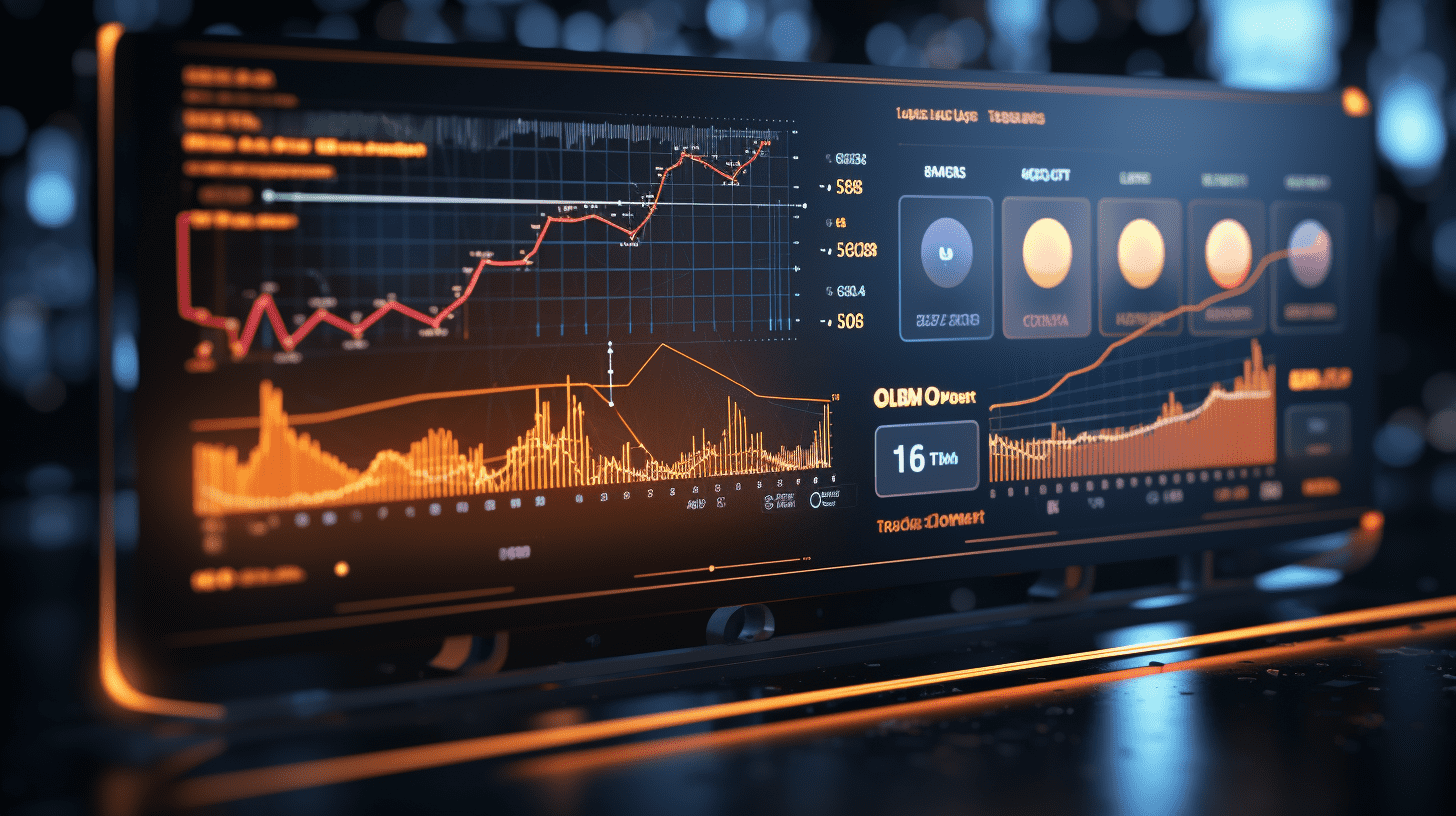Yu Weiwen: Low interest rate environment in Hong Kong may not be sustainable. Beware of risks when buying property or investing.
Yu Weiwen wrote that the future trends of Hong Kong dollar exchange rates and interest rates still have many variables. The current low interest rate environment may not necessarily continue. When making decisions on real estate, investments, or borrowing, citizens should consider and manage the relevant risks carefully.
Hong Kong Monetary Authority Chief Executive Eddie Yue wrote that, under the linked exchange rate system, the Hong Kong dollar interest rates generally trend towards the US dollar interest rates, while also being influenced by the supply and demand of Hong Kong dollar funds in the Hong Kong market. Currently, due to the abundant supply of Hong Kong dollar funds, the market is well-supplied. However, he mentioned that the future trends of the Hong Kong dollar exchange rate and interest rates still have many variables, and the current low interest rate environment may not persist. When making decisions on property purchase, investment, or borrowing, citizens should consider various possibilities such as the Hong Kong dollar potentially weakening further and Hong Kong interest rates potentially rising, and manage related risks. The Hong Kong Monetary Authority will continue to closely monitor market changes to maintain monetary and financial stability.
Eddie Yue pointed out that following the inflow of funds into the Hong Kong dollar in early May, triggering the "Strong Side Convertibility Undertaking" under the linked exchange rate system, recently the Hong Kong dollar interbank interest rates have noticeably decreased, and the Hong Kong dollar exchange rate has softened, which is a natural adjustment expected under the linked exchange rate system.
He mentioned that in early May, during three trading days in the trading sessions of both Hong Kong and regional markets, the Hong Kong dollar triggered the "Strong Side Convertibility Undertaking" of 7.75 Hong Kong dollars to 1 US dollar four times consecutively, with the Hong Kong Monetary Authority buying a total of $16.7 billion US dollars from the market and selling HK$129.4 billion.
Looking back at the past few months, the Hong Kong dollar has been strengthening against the US dollar, gradually approaching the level of the "Strong Side Convertibility Undertaking." One of the main reasons is the increased activity in the Hong Kong capital markets, especially with the continuous net inflows through the Southbound Stock Connect. By the end of April, the Hang Seng Index had risen by around 10% compared to the beginning of the year, and the technology index had increased by 14%. During this period, the daily average turnover of the Hang Seng main board reached $250 billion, and several new stocks were listed or in the process of preparation. Additionally, many listed companies distributed dividends from May to June, with some companies raising Hong Kong dollars from the market in advance. These factors have led to the strengthening of the Hong Kong dollar in recent months.
Entering April, the US tariff measures caused volatility in the global financial markets, leading to significant fluctuations in the US dollar exchange rate. In early May, several Asian currencies had a substantial increase in value against the US dollar, with the New Taiwan Dollar appreciating by around 10% on two consecutive trading days, the Korean Won appreciating by over 3%, and the Malaysian Ringgit appreciating by over 2%. The depreciation of the US dollar caused a large number of long US dollar positions in forex trading to be closed, and this sentiment spread to the Hong Kong dollar as well. Coupled with the recent strong performance of the capital markets (such as improved sentiment in the stock market, frequent large-scale fundraising activities for new stocks, and listed companies distributing dividends in the middle of the year), the demand for Hong Kong dollars increased, leading to the strengthening of the Hong Kong dollar exchange rate to 7.75 and triggering the "Strong Side Convertibility Undertaking." It is worth noting that despite the higher amount triggered in the first two days, the Hong Kong dollar money market continued to operate orderly.
In terms of Hong Kong dollar interbank interest rates, after injecting HK$129.4 billion into the market through the linkage mechanism, the total surplus of Hong Kong dollars in the banking system increased rapidly from around HK$45 billion to approximately HK$174 billion in just a few days. The liquidity of Hong Kong dollars became very abundant in the short term, significantly lowering interbank short-term interest rates. For example, the one-month interbank rate dropped from an average of around 3.65% in April to 0.96% today, while the overnight rate decreased from an average of around 3.41% in April to 0.03% today. These interest rate changes essentially reflect normal market behavior and reactions under the linkage mechanism. As a result, some rates linked to interbank rates, including mortgage rates, have been lowered. The impact of the interest rate decline on the actual situations of enterprises or individuals in bank deposits and loans varies, but from a macroeconomic perspective, lower interest rates are favorable for the overall economic environment in Hong Kong.
In the future, the trends of the Hong Kong dollar exchange rate and interest rates still have many variables. With the total surplus increasing nearly fourfold, Hong Kong dollar interest rates, especially for shorter terms, have trended down significantly due to abundant market liquidity and are significantly lower than US interest rates, while longer-term rates have also been pulled down. The widening gap between Hong Kong and US interest rates has increased the temptation to leverage in US dollars. The extent of this leverage depends on the market's tolerance for leverage risks, but it has been enough to cause the Hong Kong dollar to weaken from the level of 7.75 to one US dollar in early May to today's weaker level of 7.82.
Eddie Yue stated that, given the current supply and demand situation, as the supply of Hong Kong dollar funds has become very abundant following the significant increase in the total surplus, the variables mainly lie in the demand side. Some relatively certain and foreseeable fund demands include activities like fundraising for new stocks, the peak period of stock dividend distributions from May to June, and semi-annual settlements; while uncertain factors include the Federal Reserve's monetary policy and US interest rate trends, the sentiment in the stock investment market, external financial markets, and global fund flows. If funds continue to be in an oversupply situation, the market forces of leverage trading will cause the Hong Kong dollar exchange rate to weaken, Hong Kong dollar interest rates to rise, and even potentially return to levels close to US interest rates.
The current global trade and economic outlook is very uncertain, with significant fluctuations in the global financial markets and frequent changes in fund flows, affecting Hong Kong's capital, exchange rates, and interest rate markets. With the various changes in the supply and demand factors of the Hong Kong dollar, the current low interest rate environment may not persist. When making decisions on property purchase, investment, or borrowing, citizens should consider various possibilities such as the Hong Kong dollar potentially weakening further and Hong Kong interest rates potentially rising, and manage related risks.
Related Articles

Plaza Accord 2.0 is coming? Citigroup predicts that the US dollar will start a devaluation channel after the G7 meeting.

Xu Zhengyu: Make efforts from three perspectives to promote Hong Kong to become a world-class international capital market.

Vice Minister of Commerce and Deputy Representative for International Trade Negotiations, Ling Ji, meets with a delegation of 48 British companies.
Plaza Accord 2.0 is coming? Citigroup predicts that the US dollar will start a devaluation channel after the G7 meeting.

Xu Zhengyu: Make efforts from three perspectives to promote Hong Kong to become a world-class international capital market.

Vice Minister of Commerce and Deputy Representative for International Trade Negotiations, Ling Ji, meets with a delegation of 48 British companies.

RECOMMEND





